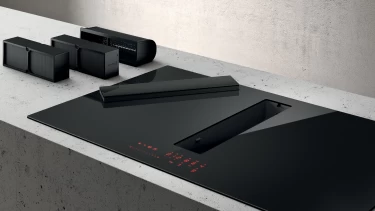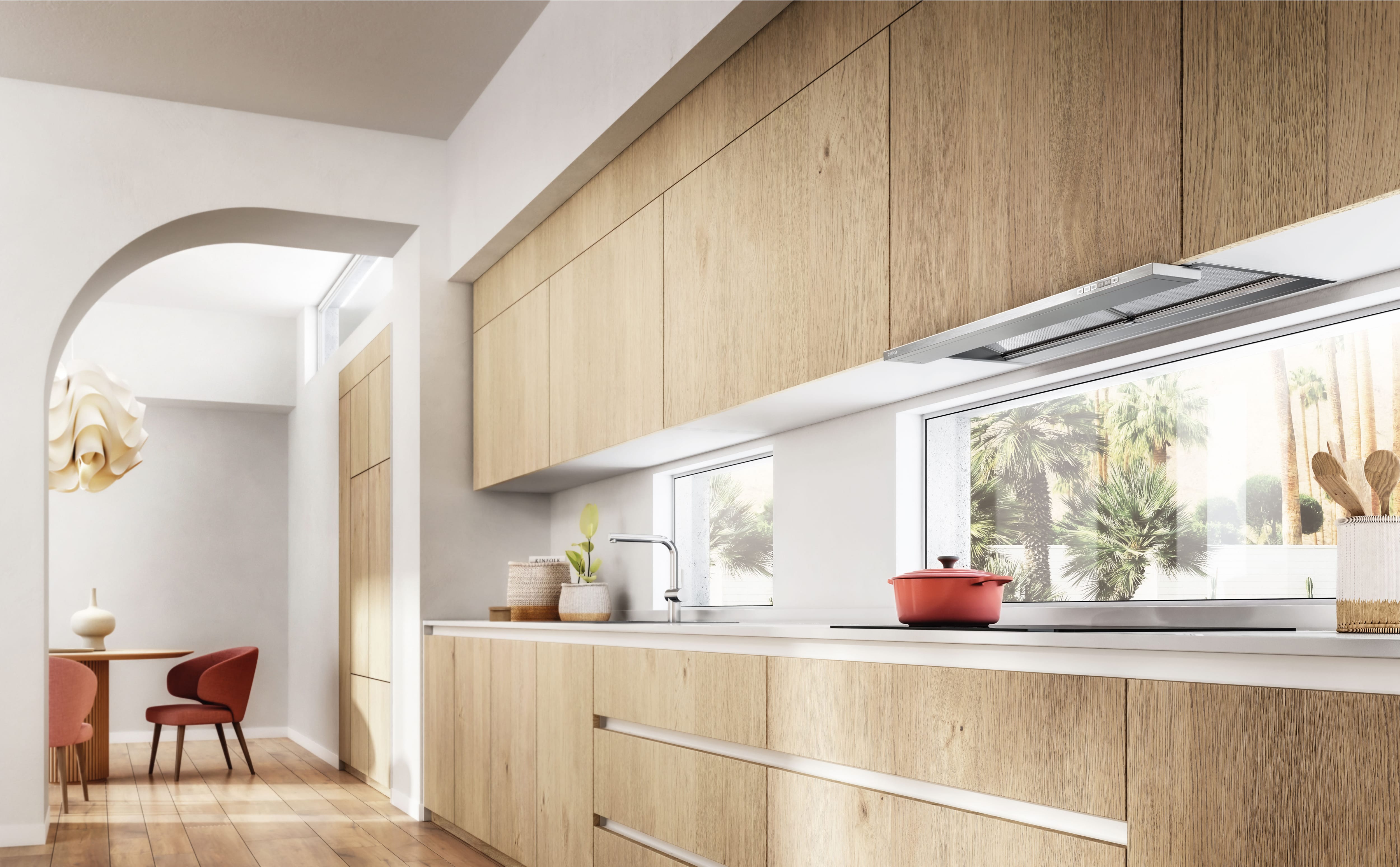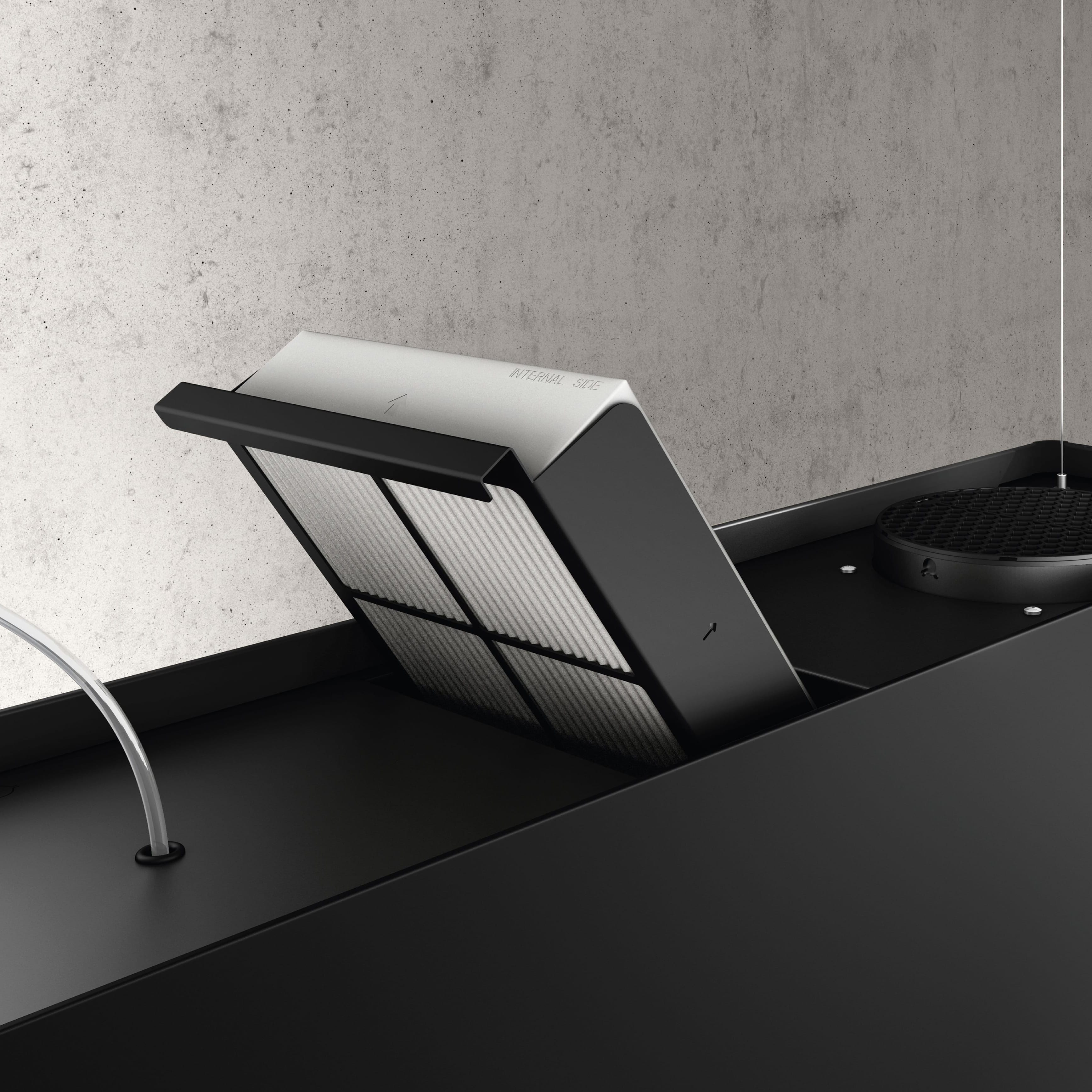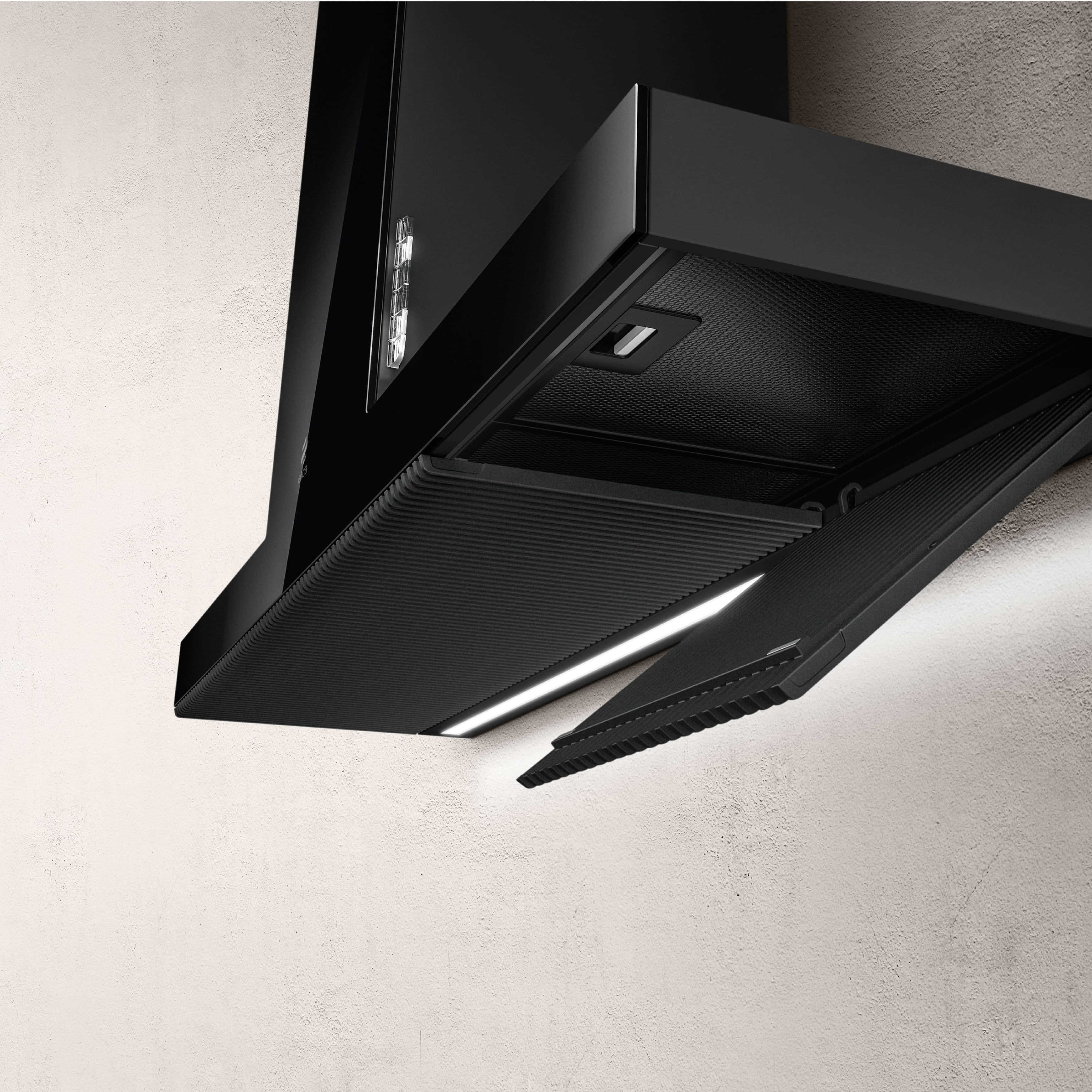
How to clean kitchen filters? Here is a guide to degrease them better
Proper operation of the hood extraction system is essential for livability in the kitchen. Healthy air in this room allows for kitchens to be experienced as a new ‘social place’, a modern living room concept, which combines both function and comfort.
In order for kitchen hoods to meet required air quality parameters, their filters must ensure maximum efficiency and functionality: in fact, factors like extraction power, filtering capacity, and noise level strictly depend on filter performance. A proper filter cleaning and degreasing routine can be the solution to have top performance hoods: these are the key aspects to consider when cleaning kitchen hood filters.
Filter cleaning: get to know your hood
No use in starting a cleaning or degreasing routine without first asking yourself: What kind of hood do I have? There are two types available on the market:
-
Duct out kitchen hoods, classic extraction systems equipped with a duct leading outside, that convey air outside of the home, allowing for an adequate air exchange.
-
Filtering kitchen hoods, equipped with latest generation air filtering systems that filter all greasy and organic substances found in the air, responsible for odors typical of cooking vapors, and then recirculate the air back into the room.
Depending on the type of hood, the filters they are equipped with are divided into two broad categories:
-
Grease filters, found in both hood types, remove fatty and greasy substances from extracted air, retaining them in porous mesh structures.
-
Activated charcoal odor filters, i.e. specific filters for filtering hoods, which retain organic molecules that cause unpleasant cooking odors, allowing for internal air recirculation.
Disposable filters are available for both types: grease filters can be made of porous acrylic sheets with lipid molecule high filtering capacity; activated charcoal filters have single or multilayer structures that retain the odors present in the air captured by the hood. As we can logically guess, this type of filter cannot be washed or maintained, but must be replaced when its life cycle is over (filter capacity saturation).
Filter cleaning: washing and regeneration
Grease and odor filters represent an even longer-lasting and more sustainable solution, as they can have various lifecycles, if properly washed and degreased upon filter capacity saturation.
Filter washing: grease filters
Grease filters are generally longer-lasting. This type of filter is made of metal mesh grids, in aluminum or stainless steel, that covers the extractor fan right where the air is captured over the hob. Over time, the grids begin to accumulate grease on the mesh that may partially obstruct the extraction area, thus lowering the quality and placing the extraction fan under stress.
The cleaning and degreasing of the metal grid may include:
-
Hand washing in hot water and soap or soaking in water with vinegar and baking soda, careful to delicately rub the grid as to not damage the surface.
-
Dishwasher cycle at a low temperature.
The best way to degrease and regenerate filters is to use specific products developed for grease filter cleaning: Elica offers a set of cleaning products and microfiber cloths especially created for this type of cleaning.
Odor filter cleaning
There are various types of odor filters available on the market:
-
Long life and long life hp filters, can last up to 3 years in comparison to standard filters. To maintain high filtering efficiency levels, the filter must be washed every 2-3 months with hot water and delicate detergents, or in the dishwasher at 65°. Afterwards, the filters must be dried in the oven for 10 minutes at 100°.
-
Ceramic filters, can be thermally regenerated for up to 5 years. The filter must be regenerated in the oven every 2-3 months at 200° for 15 minutes.
Proper filter cleaning is essential in guaranteeing high air filtering efficiency levels and proper hood operation.
Before starting to clean and replace filters, it is best to check the instructions on the filter box to not risk damaging the appliance.


